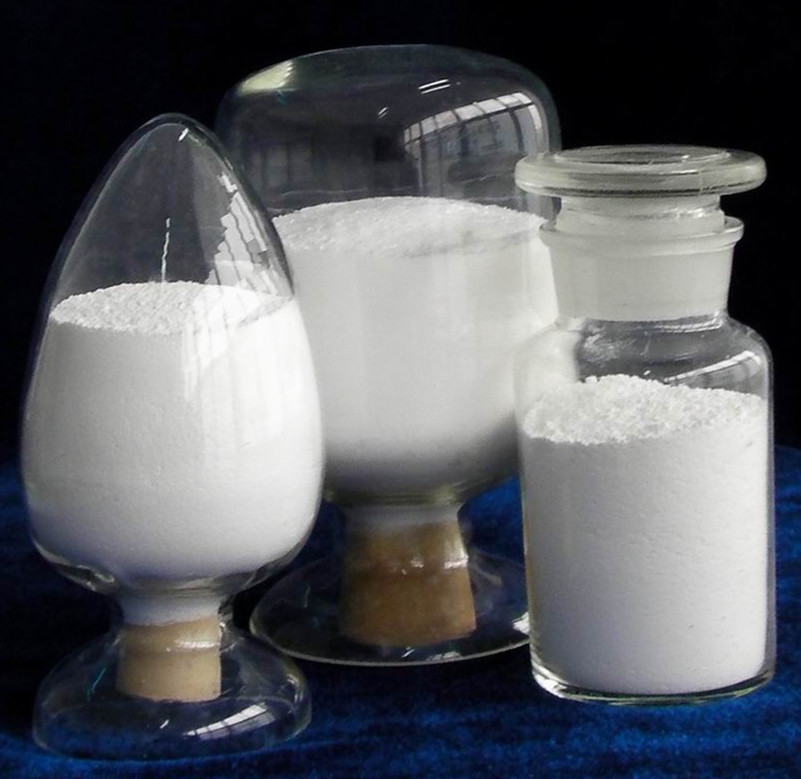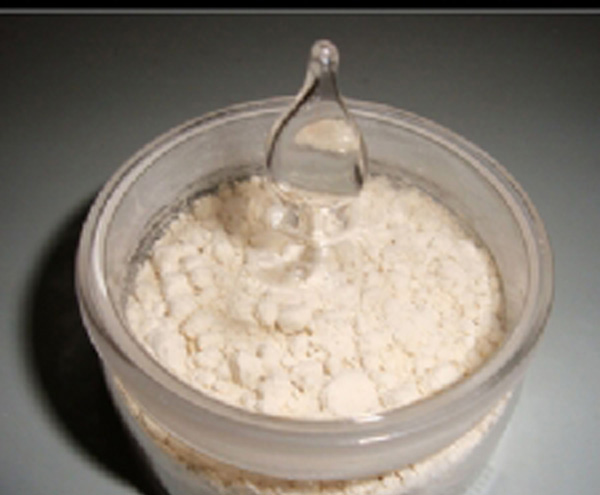Applications And Uses Of Epsilon-Polylysine
ε-Polylysine is a natural substance from streptomyces albulus metabolism. It is widely used as food preservative.ε-Polylysine can inhibit the growth of Gram-positive and Gram-negative bacteria, yeasts, moulds, bacteria, etc. Epsilon-Polylysine is used in Food, Beverage, Pharmaceutical, Health & Personal care products, Agriculture/Animal Feed/Poultry.
ε-Polylysine is hygroscopic, light yellow power. It is soluble in water, slightly soluble in ethanol, insoluble in organic solvent such as ethyl acetate, ether, etc. The molecular of ε-Polylysine is a straight chain polymer of lysine. It can decompose for lysine within the human body, and can be completely digested absorption by the human body, not only doesn’t have any poisonous side-effect, but also can be regard as the source of one kind of lysine.
ε-Polylysine can inhibit the growth of Gram(+) and Gram(-) bacteria , yeast, mould, virus, etc, especially inhibit the Gram(-) bacteria which can’t easily inhibit by other preservatives, such as E.coli, Salmonella, and also can inhibit the thermophilics, such as B,stearothermophilus. Its activity is not affected by PH, and stable when heated (120℃ for 20min). Therefore, it can be sterilized along with the raw material. It is a food preservative which is highly efficient, safe, and has no side-effects.
ε-Polylysine was generally recognized as a safe food preservative by FDA in October,2003. It is widely used in food preservation. In food application, it is usually applied with alcohol, organic acids, or glyceride, etc.. It can be used in cooked rice, cakes, snacks, noodles, drinks, brewing, meat products, canned food, etc.
Usage: You may confect the 5-10% ε-Polylysine solution with cold boiled water or distilled water, then put it into the food and mix fully. If it is used together with other food preservatives, can attain better effect.
ε-Polylysine Uses as follows:
In Food
ε-Polylysine used in food industry as a food preservative in boiled rice, cooked vegetables, soups, noodles and sliced fish (sushi).
In Beverage
Epsilon-Polylysine is used as preservative in beverage, such as Energy, fitness, sports, and isotonic drinks (ready-to-drink).
Gelatin, rice, and sugar cane-based beverages, Alcoholic beverages and wine.
In Pharmaceutical
Polylysine homopolymers or block copolymers have been used for delivery of DNA and proteins.
Polylysine is used to coat tissue cultureware as an attachment factor which improves cell adherence。
In Health & Personal care products
Epsilon-Polylysine is widely used in personal care and personal cleansing products, such as lotions, masks, sprays, moisturizers, essences, gels, sunscreen lotions, liquid foundations, sunblock lotions, milk cleansers, shampoos and hair conditioners.
In Agriculture/Animal Feed/Poultry
Poultry antibiotics epsilon polylysine used in broiler chicken feed additives. ε-Polylysine is used as a preservative in meat and poultry.
In Other Industries
NA.


